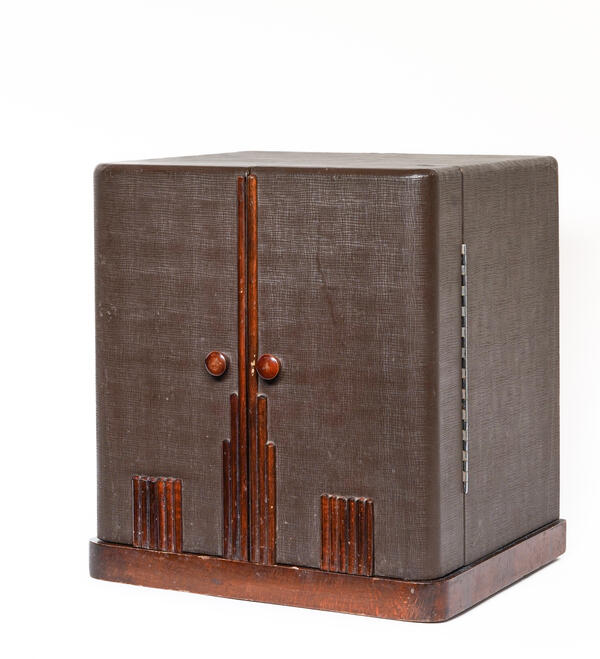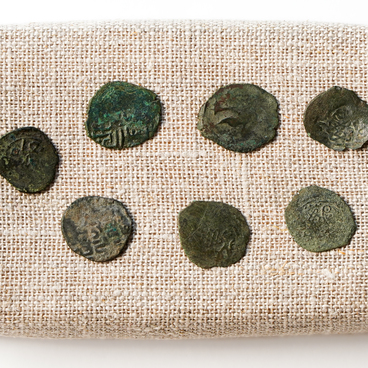The “Talking Paper” machine for reproducing phonograms was invented in the Soviet Union in the first half of the 20th century. At that time, the country, fulfilling the goals of the First Five-Year Plan, was rapidly developing different industries and producing new equipment.
In 1935, the popular magazine “Smena”, which was published by the Central Committee of the Soviet Union Communist Party, for the first time reported the interesting technical innovation. The unusual machine was designed by the engineer Boris Pavlovich Skvortsov, who created of 20 inventions. Boris Fyodorovich Svetozarov, one of the pioneers of popular science documentaries in the USSR, joined the work on the machine.
The Council of People’s Commissars noted the great value of this invention and decided “to create all conditions for its distribution”. In June 1940, the “Kolomensky Worker” newspaper announced the release of the first samples of the “GB” machine. For the first time in the USSR, “GB” was produced by the experimental workshop of “Kolomensky Gramophone Plant”. By the spring of 1941 about 700 machines had been assembled. The instructions said, “The GB-8 machine is designed for the optical reproduction of phonograms (with eight sound tracks) printed by the polygraphic method on a paper tape”. The phonograms for the machine were produced by the Moscow factory “Talking Paper” of the Association of State Book and Magazine Publishers under the People’s Commissariat of the RSFSR.
The device looked like an attachment to a radio set and worked with any tube receiver that had an adapter jack. It is worth noting that the “Talking Paper” was the prototype of a radio: it was tuned to receive signals from two major stations — the All-Union Central Council of Trade Unions and the Comintern. At the time when no one thought of multi-program radio sets, this seemed like unbelievable progress.
Unfortunately, the war broke out and changed all the plans. In the autumn of 1941 “Gramzavod”, like the majority of the Kolomna factories, was evacuated to Belovo, Kemerovo Oblast, where the production of radio sets for tanks was organized. After the war the production of “GB” machines never restarted. The multiple stages and complexity of the production, its high price and, most importantly, the low sound quality, especially compared to the long-playing records that appeared in the 1950s, resulted in the Kolomna “Gramzavod” discontinuing the production of the “Talking Paper” machines.
In 1935, the popular magazine “Smena”, which was published by the Central Committee of the Soviet Union Communist Party, for the first time reported the interesting technical innovation. The unusual machine was designed by the engineer Boris Pavlovich Skvortsov, who created of 20 inventions. Boris Fyodorovich Svetozarov, one of the pioneers of popular science documentaries in the USSR, joined the work on the machine.
The Council of People’s Commissars noted the great value of this invention and decided “to create all conditions for its distribution”. In June 1940, the “Kolomensky Worker” newspaper announced the release of the first samples of the “GB” machine. For the first time in the USSR, “GB” was produced by the experimental workshop of “Kolomensky Gramophone Plant”. By the spring of 1941 about 700 machines had been assembled. The instructions said, “The GB-8 machine is designed for the optical reproduction of phonograms (with eight sound tracks) printed by the polygraphic method on a paper tape”. The phonograms for the machine were produced by the Moscow factory “Talking Paper” of the Association of State Book and Magazine Publishers under the People’s Commissariat of the RSFSR.
The device looked like an attachment to a radio set and worked with any tube receiver that had an adapter jack. It is worth noting that the “Talking Paper” was the prototype of a radio: it was tuned to receive signals from two major stations — the All-Union Central Council of Trade Unions and the Comintern. At the time when no one thought of multi-program radio sets, this seemed like unbelievable progress.
Unfortunately, the war broke out and changed all the plans. In the autumn of 1941 “Gramzavod”, like the majority of the Kolomna factories, was evacuated to Belovo, Kemerovo Oblast, where the production of radio sets for tanks was organized. After the war the production of “GB” machines never restarted. The multiple stages and complexity of the production, its high price and, most importantly, the low sound quality, especially compared to the long-playing records that appeared in the 1950s, resulted in the Kolomna “Gramzavod” discontinuing the production of the “Talking Paper” machines.





